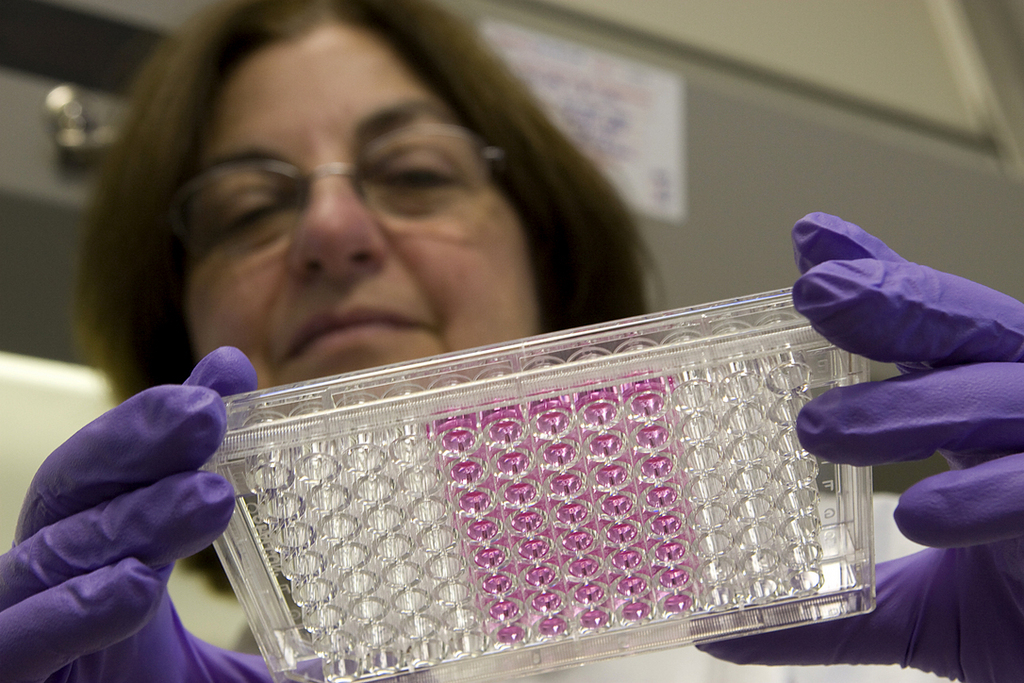
A startup biomedical firm spun out of Brown University is developing a muscle tissue engineering technology to speed the creation of new drugs for muscular dystrophy, heart disease and other neuromuscular illnesses.
Providence-based Myomics Inc., located in the Slater Technology Fund’s biomedical incubator at Richmond Square, is using robotics systems to grow human or animal contractile tissues and combine them with other compounds as part of the development of new drugs, said Herman Vandenburgh, the company’s chief scientific officer.
“Myomics is primarily a drug screening company,” he said.
Vandenburgh, a professor in the pathology department at Brown’s Warren Alpert Medical School who also runs a lab at The Miriam Hospital, founded Myomics in 2003 with Gregory Crawford, the dean of Brown’s division of engineering, and Dr. Robert F. Valentini, the company’s CEO, a biotech entrepreneur and former associate professor at Brown.
Valentini and Vandenburgh had formerly partnered to co-found Cell Based Delivery, one of the first biopharmaceutical firms to operate in the state. That company, which was dissolved in 2003, focused mostly on genetically engineering contractile tissues to create therapeutic proteins that could be planted in a patient’s body as a sort of “protein delivery pump,” Vandenburgh said.
When that platform failed as a reliable method for developing new drugs, the founders modified the technology in the hopes that it would prove successful as a new method for screening drugs, he said.
“Cell Based Deliveries always had this in mind, but once we’d raised venture capital dollars, the venture capitalists wanted us to focus on the protein delivery aspect of the technology,” Vandenburgh said. “So when Cell Based Delivery was dissolved in 2003, we took intellectual property and used it as a nucleus for the formation of Myomics.”
Myomics hopes to discover compounds that could be used to prevent or lessen muscle weakness and atrophy experienced by the frail elderly and patients with muscular dystrophy, cancer or paralysis, he said.
More recently, Myomics researchers also have begun working with heart muscle tissue in the hopes of screening new drugs that treat cardiac hypertrophy, a disease that involves an enlargement of the heart muscle, Vandenburgh said
The company’s approach to screening new drugs through the use of whole tissues is unusual, he said; most drug screening procedures that already exist are targeted at the biochemical or individual cell.
“What we’ve developed, I think, is fairly unique, in that we’re using a physiological measurement of the effect of a compound at a tissue level rather than at a molecular or cellular level,” Vandenburgh said.
Myomics is currently funded by the Slater Technology Fund and by federal research grants from the National Institutes of Health and the National Science Foundation. Vandenburgh said the company’s aim is to either license its screening technology or be acquired in whole or part by a large pharmaceutical company.
“All the big pharmaceutical companies have large compound banks for screening for different applications, and we hope over the next couple of years to be able to develop some relationships with some of these companies and be able to possibly screen some of their chemical banks for muscle wasting or for cardiac hypertrophy applications,” he said. •











